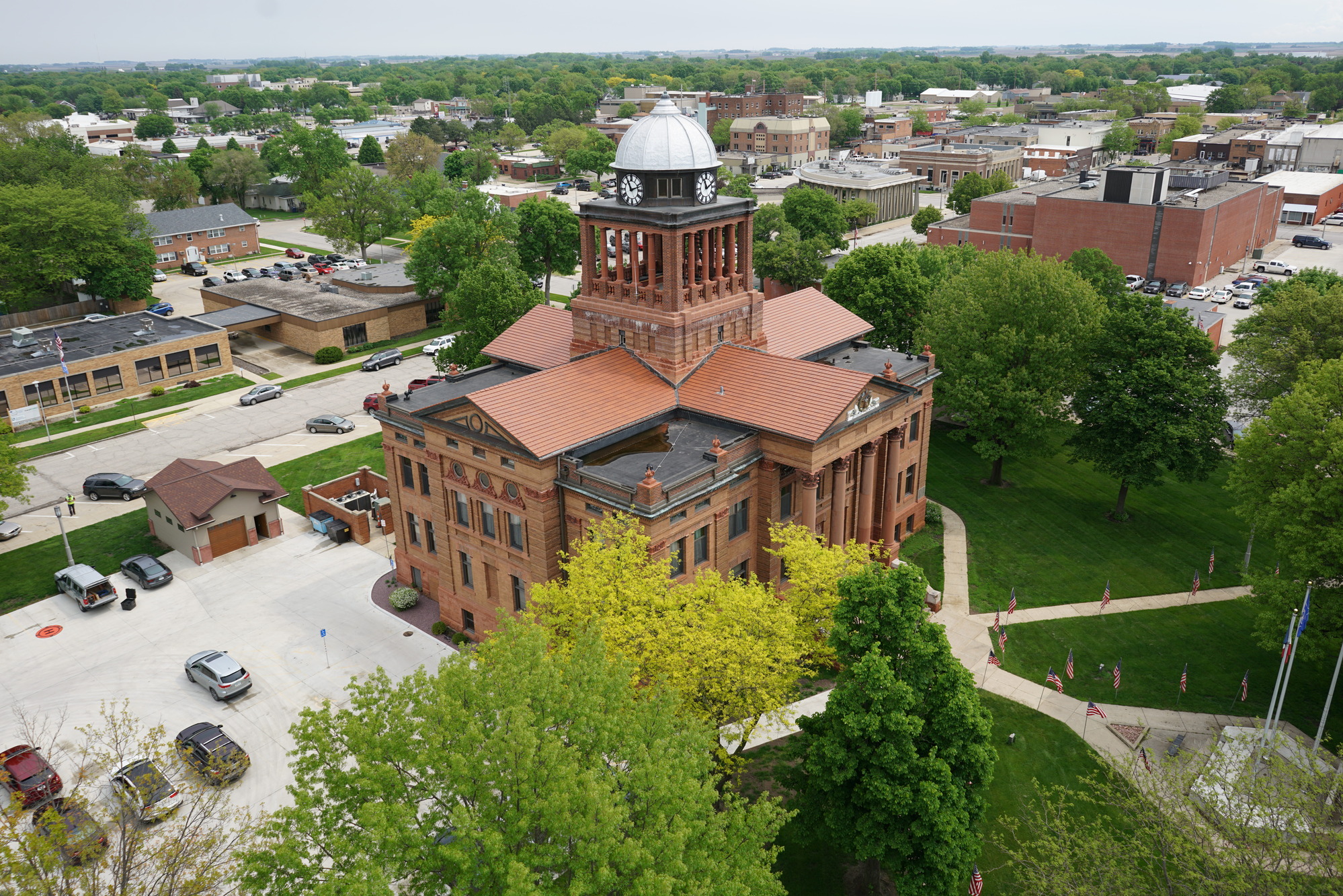Supersize My Branding Please
Branding + Designing for a Memorable Consumer Experience
Small business owners are creative powerhouses, not to be outdone by their bigger and more corporate competitors. Both small business and large Fortune 500 companies serve critical roles in the commercial industry, but branding and its incorporation into physical design can sometimes take a much different path.
Melissa Simkins, President of Brand Consultancy at Velvet Suite, recently stated that while entrepreneurs are focused more on the successful execution or performance of their business, branding can somtimes get left on the back burner. It’s unfortunate – dangerous, actually – for service providers, because just as Apple’s products make us feel high-tech and the same way that driving a Tesla feel infinitely cooler than lugging the Toyota we take to work each morning, branding in the service industry is all about the customer experience.
Supersize My Branding, Please
It’s what pulls so many people into the McDonald's drive-through: the iconic golden arches towering just off the highway, the familiar interior and seemingly identical floor layout to the last store you visited, and of course, menu jam-packed with “McGrittles”, “McRibs”, “McChickens”, and the wildly successful “McCafe” hot and iced beverages. While design and engineering firms have little control over the actual products of our commercial partners (without out a doubt a public service, at that), we can help shape the images that accompany those products and experiences they form for customers.
Designing Customer Experiences
Take Starbucks for example. Greg Dickinson, Professor of Communications at Colorado State University, writes in essay, Joe’s Rhetoric: Finding Authentic at Starbucks, about the ways in which the world phenom cafe chain employs the use of “natural” shapes, colors, and materials to construct an “authentic” coffee drinking experience for visitors. The consistent floor layouts, cashier counter styles, and exterior facades make each trip to Starbucks feel as though it’s part of a routine – it’s expected, rehearsed, and as Dickenson calls it, “ritualistic."
Okay, so we’re not all Starbucks, but what can this say about our approach to the design of say, body shops, local boutiques, mid-size restaurants? In the end, if your facility or store doesn’t give off the impression of technology, professionalism, freshness, or fun, chances are new customers will have trouble believing you offer any of those attributes – no matter how great your product or service.
With help from a design firm skilled in the art of balancing brand continuity, profitability per sq. ft., and general functionality, your business will be able to keep building that image and experience while continuing to support the quality products and services that set you apart. The devil is in the details as well. Whether it's the menu, logo, napkins, staff attire, etc., they all represent your brand.
While architects and engineers shouldn't help draft logos or sample the menu (although we do love a good latte), it's important that all aspects of a commercial business are considered so the right parties can work together to create a cohesive, holistic approach. This approach doesn't need to be a daunting one or double the timeline since time is money; it simply should guide a tailored approach that keeps the brand and customer experience at the forefront of every decision.
Join the conversation #ISGCommercial #SupersizeMyBranding







Related Articles

.webp)
Navigating the MS4 Permit Program: How ISG Supports Communities Every Step of the Way
The management of stormwater runoff is a pressing concern for cities across the nation, and the Municipal Separate Storm Sewer System (MS4) permit program is a critical framework designed to protect water quality and our natural resources.


Optimize Maintenance + Reveal Opportunities with Facilities Assessments
The Clay County Board of Supervisors (County) knew they needed to address facility repairs in their Administration Building, Courthouse, and General Services Center. While maintaining public buildings does not generate excitement, County leaders recognized that deferring upkeep of public facilities can cost more in the long run if left unaddressed and may result in limiting other more impactful projects.

Creating Flood-Resilient Communities: A Case Study in Floodplain Management
In the land of 10,000 lakes, Minnesotans love to live near and play in our abundant water systems. But the effects of population growth, land use development, and climate change pose challenges within floodplain areas, contributing to persistent flooding issues.


Why a Phase 1 Environmental Site Assessment is Critical to Project Success
In the world of real estate development and land acquisition, the road to success is paved with thorough planning and attention to detail. One often overlooked but crucial step in the due diligence process is the Phase 1 Environmental Site Assessment (ESA). Before a client begins any project, ISG often conducts a Phase 1 ESA to identify any recognized environmental conditions (RECs) that could impact the property's value or pose potential risks to public health and the environment. The result of the assessment influences the project’s direction and success long-term.


.svg)




